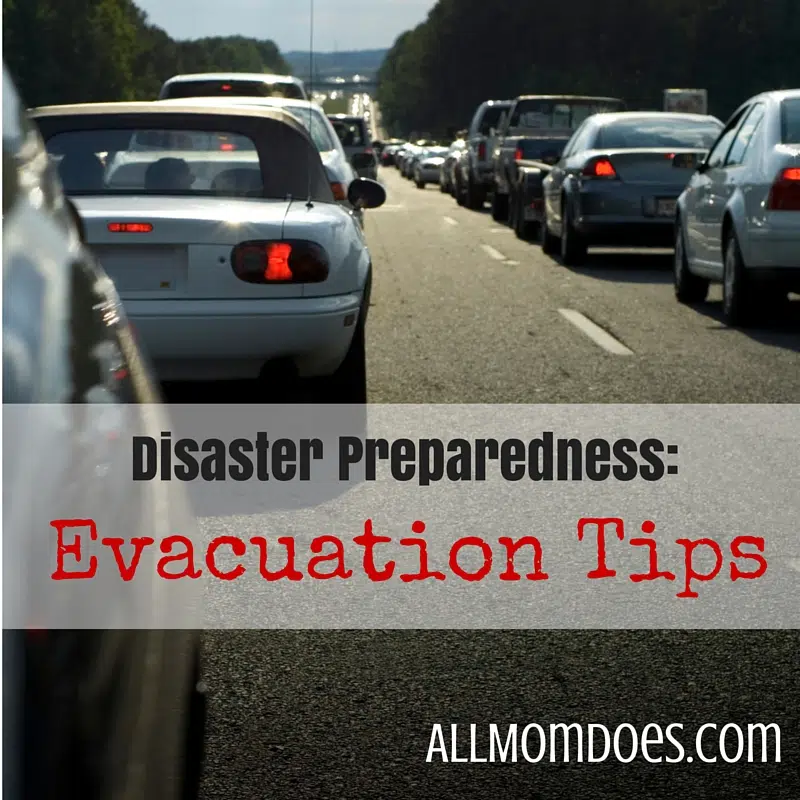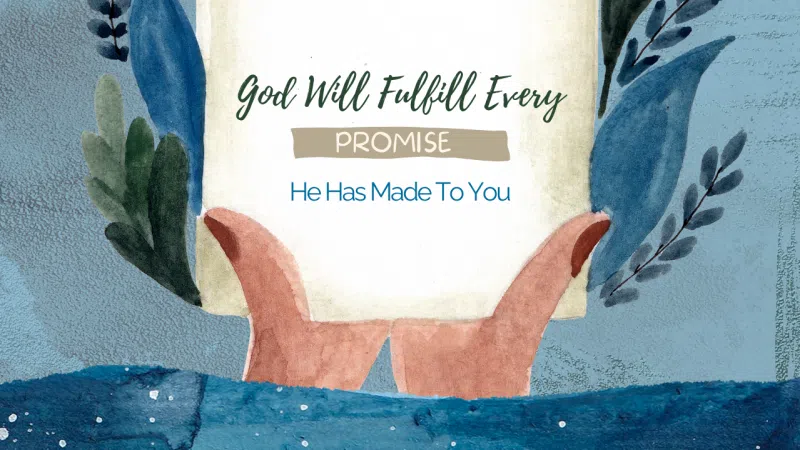Sarah Anne Carter is a contributing writer for The Survival Mom. This is the fourth in a series of articles on disaster preparedness for AllMomDoes; read her previous posts on A Beginner’s Guide to Disaster Prep, Food Storage, and Emergency Supplies!
Most situations that will arise in your area will require you to stay in your own home. However, there are situations where it is best to leave and in the Seattle area, you may need to evacuate for a tsunami warning or because your house has sustained earthquake damage. Sometimes evacuations can be quick, so having items on hand, ready to go, can save you a lot of heartache.
Emergency binder
As I mentioned in the article on supplies to have on hand, most people have important documents scattered through their house, on their computer or in files. Having them all in one place, or at least copies of them, is a good idea. It’s usually called an emergency or grab-and-go binder. One way to think about what to put in an emergency binder is any paperwork you would want if you had to leave your home and never come back. This can include birth certificates, immunization records, banking files, vehicle titles, contact information for family and friends and insurance information.
Bug-out-bags
Bug-out-bags are a way to have important emergency supplies gathered in one place. They are usually made for each person in the family to have one and will then have different supplies in each one. However, everyone should have and outfit or two, food, water and basic medical supplies. The idea is to have enough on hand for at least 72 hours (a 72-hour kit). Besides essentials, you may also want to think about putting some items for entertainment, such as a deck of cards, books, crossword puzzles, a notebook or coloring supplies. Don’t overlook the power of some candy in helping children stay calm in an emergency, too. If putting together a bag seems overwhelming, check out some pre-packed ones.
With or without a vehicle?
I would recommend thinking about having to evacuate both in your vehicle and without your vehicle. An earthquake and tsunami could damage the roads along with your home and you may have to leave on foot to get to shelter. The bug-out-bags should be something that each family member can carry. Bicycles, bike trailers, strollers and wagons may come in handy if you can’t use your vehicle. If the roads are still passable, this would be one of the times you would want some full gas cans to take with you in case gas stations are damaged and there’s nowhere close by to get gas.
Pets
Don’t forget to think about your pets if you have any. Putting their portable kennels somewhere handy, along with their immunization and health records, food, medicine and leashes will make taking them with you easier. If you have a pet with high anxiety, there are some over-the-counter pet relaxants you could keep on hand, too.
Practice
Any evacuation is going to be a high-stress event. One way to make it “easier” is to practice. Have family drills and see how quickly you can gather everything you want to have and get out of your home. Doing this can also help you to create a last-minute packing checklist, so that if the moment ever comes, you can make sure not to forget anything.
Leaving work and school
There is also the possibility that a disaster could strike while you are at work, your children are at school or someone is out shopping. Make a family plan regarding where to meet. Know your child’s schedule at school. Consider putting some food, water and comfort items in their backpacks. Have supplies (maybe even a bag) at work with food, water, and walking shoes so you can get home. Make sure your car has emergency supplies in it, too, to help you if you’re stuck or if you need to walk home.
Remember, being prepared is not about worrying, it’s about facing the future with confidence. The final article in the series will cover worst-case scenarios. If you have any specific questions or topics you want covered, leave me a message in the comments below.
One book that is a great resource if you want more detailed information on being prepared is Survival Mom by Lisa Bedford.
This article contains affiliate links along with links to more in-depth articles on topics found at The Survival Mom.

















